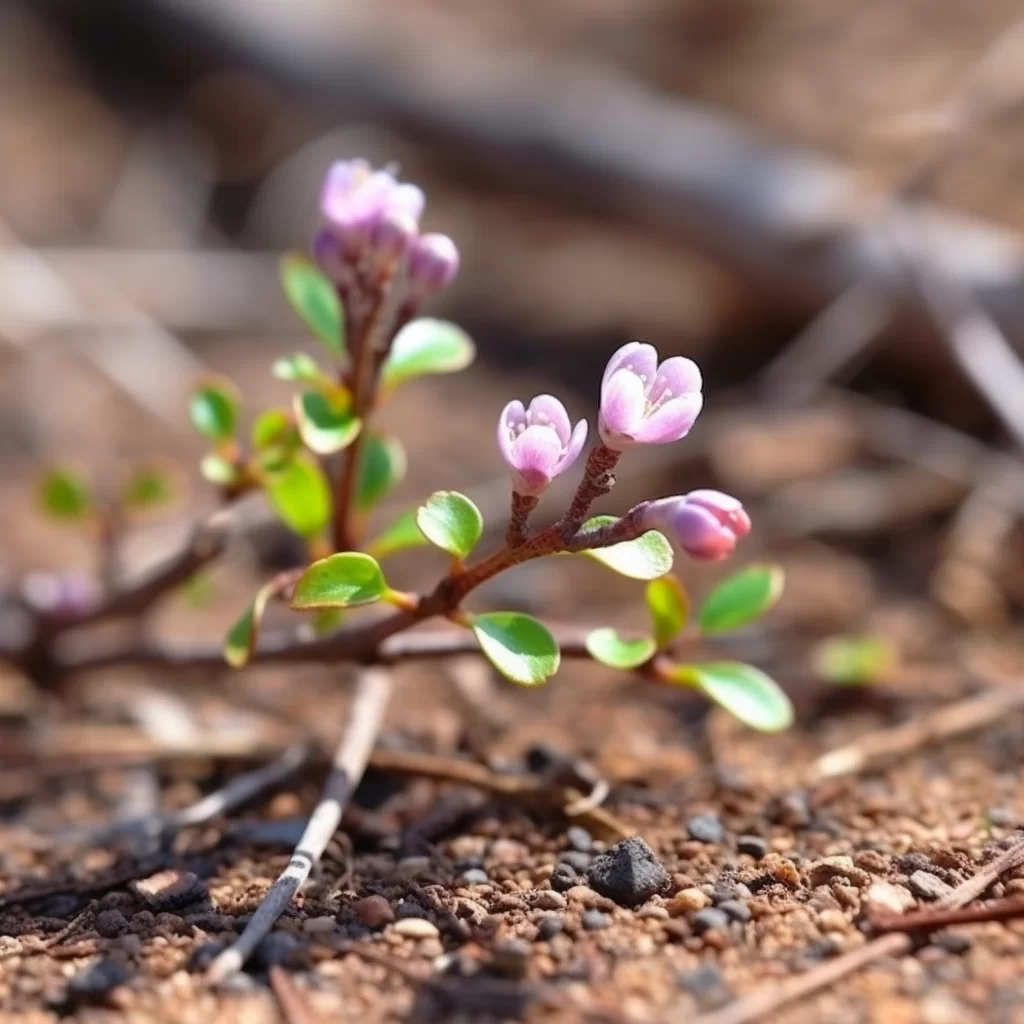Story of Day :
Contents
The Beach Plum Plant: A Complete Guide and Care Tips
Gardening enthusiasts are always looking for new plants to add to their collections.
One such plant that is gaining popularity in recent years is the beach plum (Prunus maritima).
This native North American plant has been used for centuries by the indigenous people for its medicinal properties, and now it’s being appreciated for its culinary uses as well.
In this article, we’ll discuss everything you need to know about the beach plum plant, from its characteristics and benefits to how you can grow and care for it.
Characteristics of Beach Plum Plants
The beach plum is a small deciduous shrub that typically grows between 4-8 feet tall.
It has dark green leaves that are oval-shaped with serrated edges.
In late April or early May, clusters of fragrant white flowers bloom on the branches before giving way to fruit in late summer.
Speaking of fruit, the beach plum produces small purple berries that resemble wild blueberries in appearance but have a more tart taste.
The fruit can be eaten fresh but is also commonly used in jams, jellies, pies, sauces or even wine-making.

Benefits of Growing Beach Plum Plants
There are several reasons why gardeners should consider growing beach plums:
- The fruits are high in antioxidants and vitamin C.
- The plants require little maintenance once established and can tolerate salty coastal conditions
- You’ll help conserve native flora by planting an at-risk species on your property if you live near the coastlines where they naturally thrive especially from Maine down through Maryland along Atlantic seaboard
Growing Tips for Your Beach Plum Plant
Location

When choosing a spot to plant your beach plum, consider the following:
- It should be located in full sun for optimal fruit production.
- The soil should be well-drained and slightly acidic (pH between 4.5 and 6).
If you have heavy clay soil, mix it with compost to improve drainage.
- The salt spray from the ocean will not bother them but they can also grow in inland areas given that they receive enough sunlight throughout the day
Planting
If you’re planting multiple plants, space them at least six feet apart to give them room to grow.
Water generously for the first few months after planting so that their roots can establish themselves properly.

Maintenance
Onc established, beach plums require little maintenance except occasional pruning of dead or diseased branches during late winter or early spring before new growth appears.
Closing Thoughts

The beach plum is a versatile plant that will produce abundant fruit with minimal care once established.
It’s an excellent choice for gardeners who want an easy-to-grow shrub that has both ornamental and culinary value.
By growing these native species on your property, you’ll help preserve their natural habitats while also reaping its many benefits year after year.